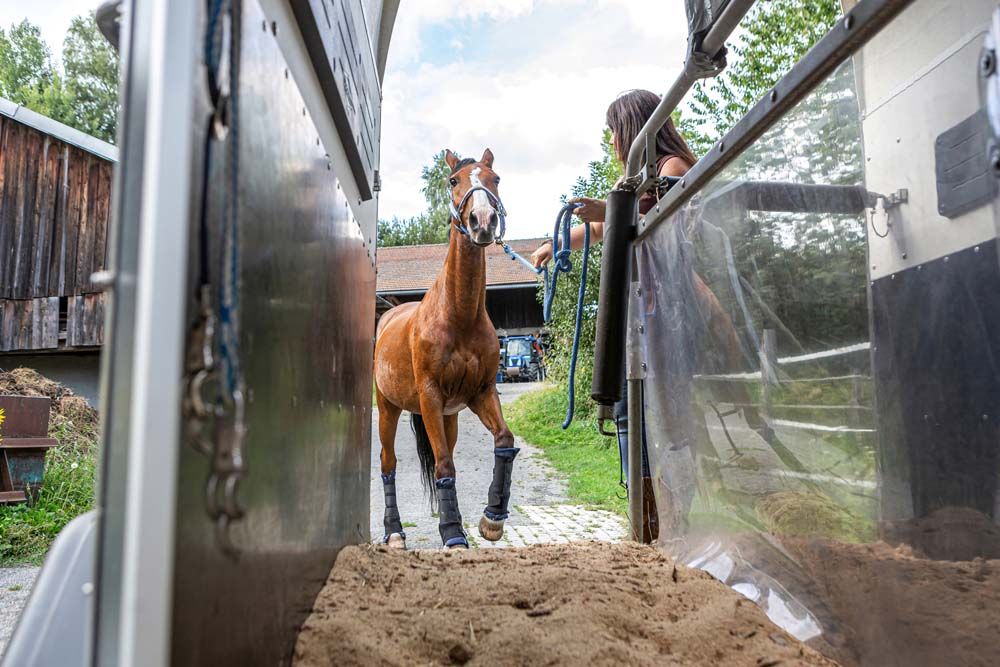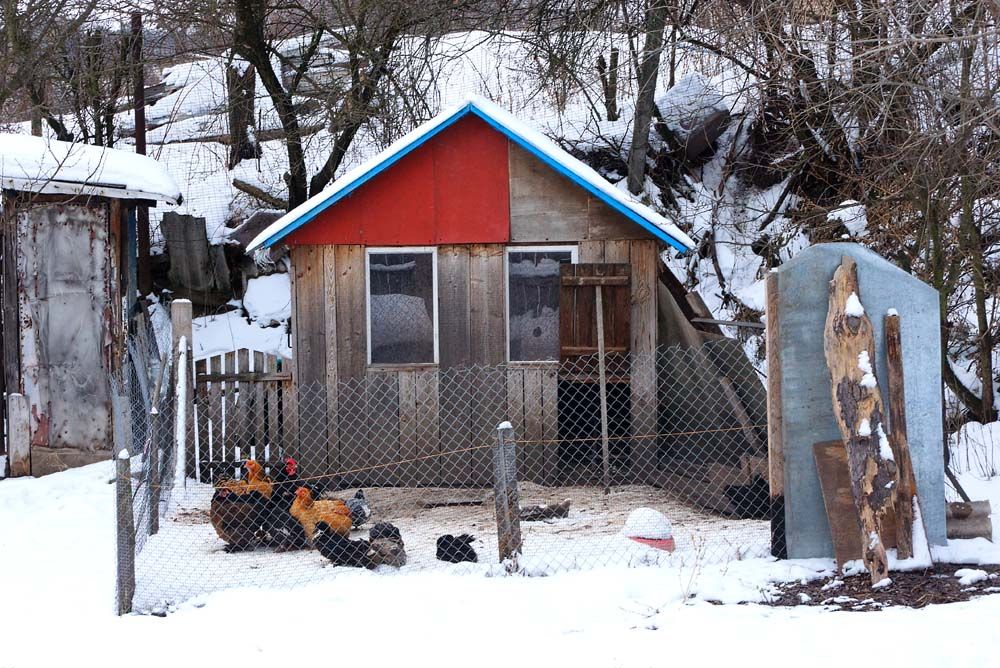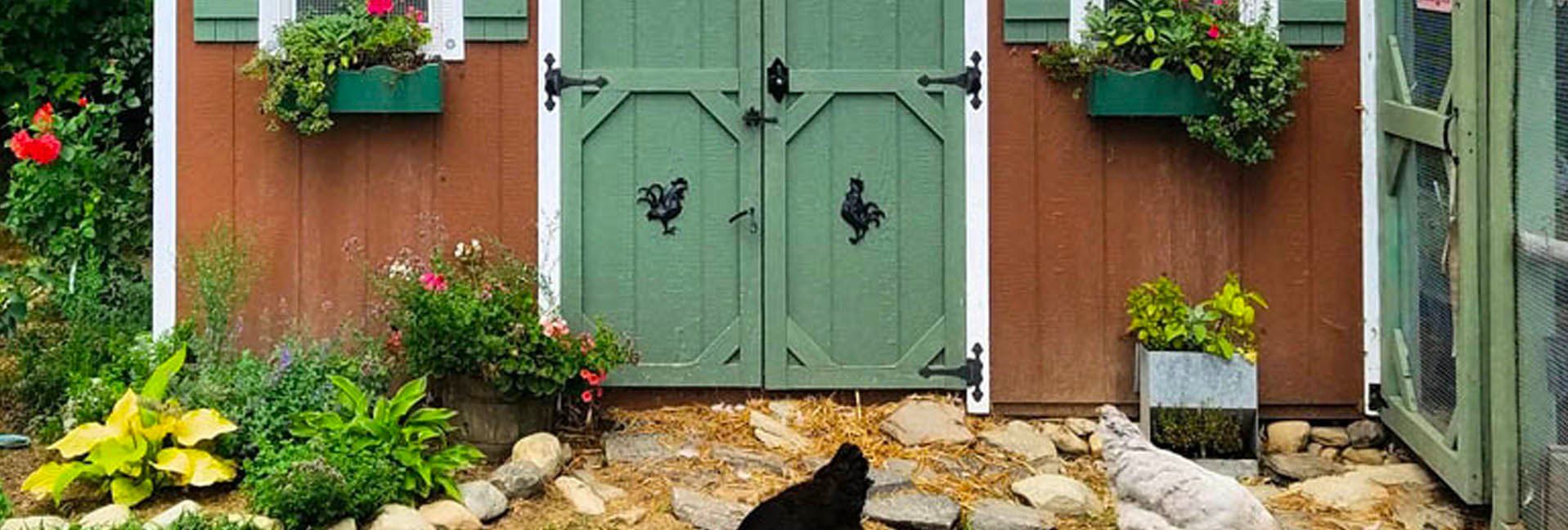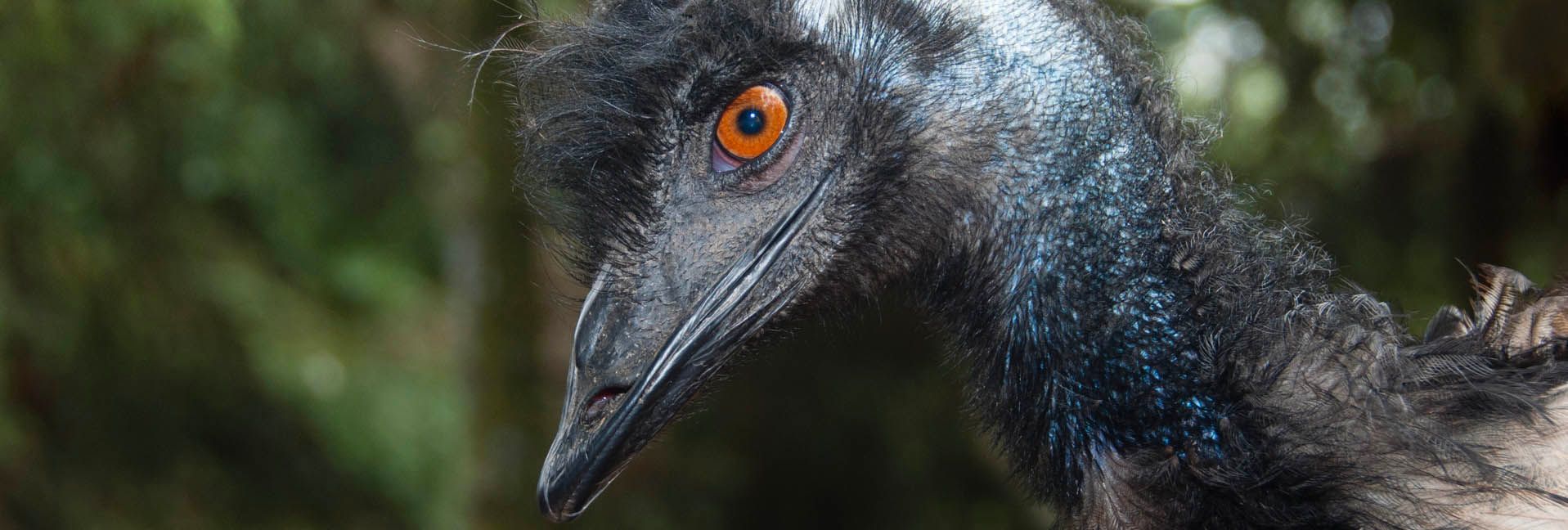Wintertime coop lighting - Shining a light on a controversial subject
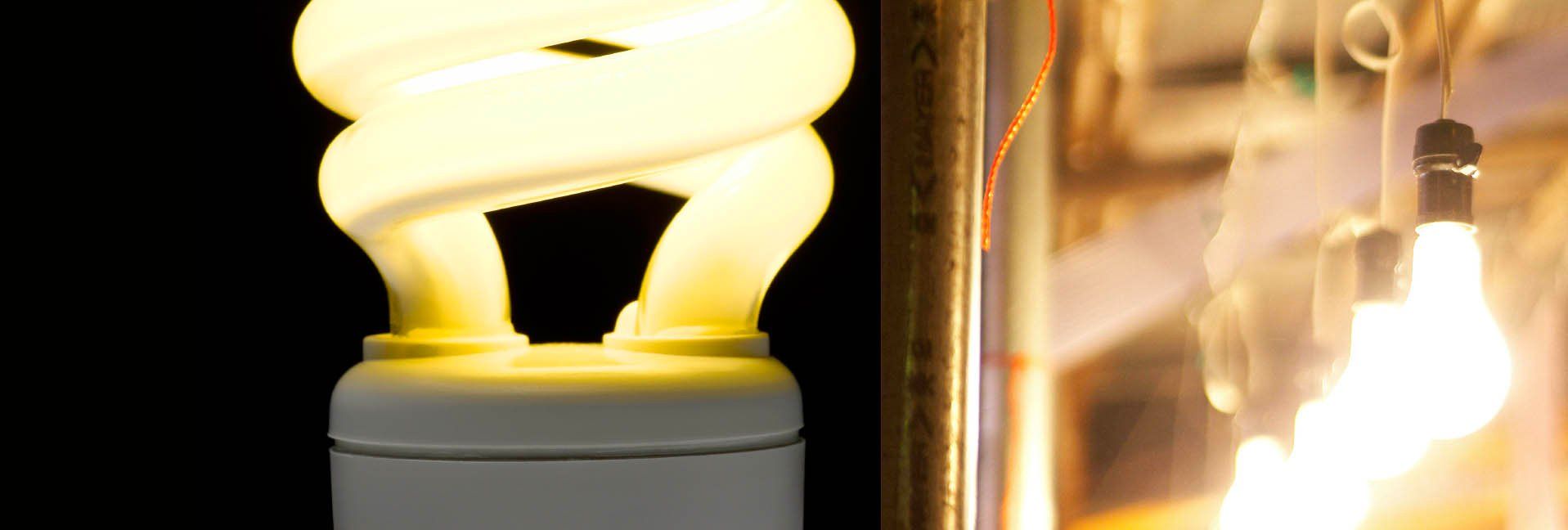

Most chicken keepers see a decrease in egg production in the winter. Many blame the cold temperatures for the decrease, but science shows us otherwise. Hens require 14 to 16 hours of light each day to maintain egg production, and they are not getting near that amount in the winter months.
This may be nature’s way of allowing the hens to have some down time and rest for a few months, but some chicken keepers want a consistent supply of eggs through the winter, and feel like if they are forking out the money for feed, they should be getting a return on their investment. So, they choose to add artificial light too the coop to help maintain egg production during the winter months.
In this article, poultry scientist and professor Dr. Brigid McCrea, Ph.D. explains the ins and outs regarding adding light in the coop for maintaining winter egg production. —Andy Schneider aka The Chicken Whisperer
When it comes to lighting your chicken coop in the winter, there are many myths circulating across the internet—as well as some flat-out erroneous information. To help dispel some of those myths and correct the misinformation, let’s discuss what light does to your hen.
Light’s effects
The reproductive tract of all birds is affected by light. In the spring, the length-of-day increases until the summer solstice, the longest day of the year. Then, these day lengths gradually decrease until the shortest day of the year, or winter solstice. If a bird detects this decreasing day length, then her reproductive tract will regress, or become less active. Many older hens may stop laying altogether.
Optimum day length for maximum egg production is 14 hours, and you can control the laying cycle of your hens by providing light to your hens during winter. Even so, many young hens will lay acceptably through their first winter unless the weather turns very cold for a long time. In their second winter, and the winters that follow, you will likely see that your hens will stop laying.
When to add light
You probably want your hens to lay through the winter, but there’s no need to switch the lights on all day since Mother Nature will provide much of the light your chickens need. That means you need to add light only part of the day to equal 14 hours of daylight total.
Fortunately, chickens aren’t particular about when to add light. You can do it all in one stretch or break it up at dawn and twilight. Try turning the lights turn on at 5:30 a.m. and turn off at 8:30 a.m. when sunlight can affect the birds, then again in the afternoon when twilight arrives until 8:30 p.m. or 9:00 p.m.
Alternately, you can let Mother Nature have her natural sunrise at 8:30 a.m., but then you can leave the lights on for an additional six hours after twilight.
The same timers that turn on the lights at home when you leave on vacation can be used to light the coop, too. These programmable timers can be found an hardware or big box stores and typically cost from $5 to $20, depending on the number of plugs and if it is for indoor or outdoor use. If you need to run an extension cord to the coop, consider a timer intended for outdoor use.
How much light?
It doesn’t take much light to get a chicken to lay. Light is measured in foot-candles—a common a measure of light intensity. You will need a minimum of one-half foot-candle.
Measuring the light intensity inside your coop isn’t technical. Take a regular newspaper into the coop with you, along with a 12-inch ruler. Place the newspaper 12 inches from the end of your nose and then read the writing on the newspaper. Dim the lights until you can just barely read the newspaper. Once you have dimmed the light to the point that you can no longer read the writing, then you have gone below one foot-candle.
Since it is likely that you will be keeping more than just single comb white Leghorns in your flock, it’s also likely that you will need a little more light intensity. For breeding birds, like broiler breeders, you’ll need two- to five-foot-candles.
Do your best to remove material that creates large shadows, which can then create dark zones within your coop. It is reasonable to expect that your chickens will do fine with more than one foot-candle of light.
TIP: To make your intensity measurements accurate, you should sit on your coop’s floor—where the chickens spend their time.
Choosing bulbs
A single 40-watt bulb can often do the trick, but you may be able to get away with a 25-watt bulb, depending on the size of your coop.
Also, feel free to seek out CFL or LED lights. Just be aware that LED lights do lose their intensity over time, so they may eventually need to be replaced before they actually burn-out.
You can even invest in a dimmer switch or a plug-in dimmer, but be sure to use a bulb that is labeled as dimmable. Using the wrong type of bulb with a dimmer can actually increase the risk of fire in the coop.
Can you overdo it?
Some flock owners choose to heat their coops with heat lamps in the winter, and often get the added bonus of eggs through season. However, by heating the coop with a heat lamp, you may wish to use a bit more strategy to avoid a “photorefractory response.”
Birds remain responsive to light for only so long before they stop laying, which is called photorefractoriness. This is a “time-out” that the hen takes and may also line up with when she molts. It is preferable that she not molt in the middle of winter.
To avoid a photorefractory response in your hens, put your heat lamp on a timer. The coldest part of the night is around 4 a.m., so if your timer turns on the light at that time, you can provide heat just when it is the coldest in the coop.
Tags:Chicken Whisperer

Acreage Life is part of the Catalyst Communications Network publication family.






